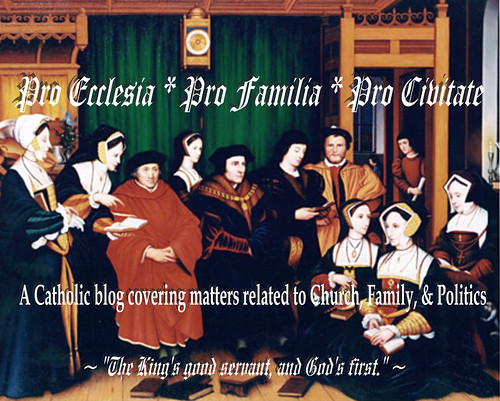What I Saw at Jamestown ...
... my favorite work of religious art (quite by surprise, by the way, as I didn't realize this painting was even located in the U.S.):
'THE WORLD OF 1607,' FOUR EXHIBITIONS IN ONE, MOVES TO SECOND PHASE(emphasis added)
WILLIAMSBURG, Va.- A gem-studded pin and brooch, scent bottle and cameo from the famed Cheapside Hoard and eastern North American Indian items transported to England in the 1600s are among more than 100 artifacts from 22 museums, libraries and private collections in Italy, the United Kingdom and the United States to be exhibited in the second cycle of "The World of 1607," July 29 to mid-October at Jamestown Settlement, a state-operated museum of 17th-century Virginia.
The yearlong exhibition opened April 27 and is divided into four distinct cycles, each with its own topics. Developed in collaboration with a group of 28 internationally recognized scholars, "The World of 1607" places America's first permanent English colony in a global context and focuses on worldwide cultural developments during the late 16th and early 17th centuries. Second-cycle topics are "London and Jamestown in 1607," "Virginia, 1607," "China Under the Emperor Wanli," "The Century of Genius," "Cultural Encounters: Artistic Hybridization and the Catholic Missions in Asia and Latin America," "Concepts of Time, Space and Motion in Science, Philosophy and Art," and "Rights and Nationhood: The Beginnings."
The objects from the Cheapside Hoard - a cache of Elizabethan- and Jacobean-period jewelry and other precious objects discovered in 1912 - come from the Museum of London, also loaning two of three surviving copperplate sections from the earliest known map of London.
The American Indian items - a beaded skin pouch, two ball-headed clubs and a hardwood bow - are from the Ashmolean Museum in Oxford, England, and were acquired by two English naturalists, John Tradescant, Sr., and John Tradescant, Jr., during the first half of the 17th century. The Virginia Department of Historic Resources and other lenders have provided an assortment of Virginia Indian objects made from shell, clay, bone, stone and copper.
Works of art, books, globes and, from the Science Museum in London, a full-size reproduction of Robert Hooke's original compound microscope illustrate developments in science and art. Among several paintings are a 17th-century landscape by Jan Brueghel the Elder from the Virginia Museum of Fine Arts and El Greco's "The Holy Family," circa 1585, from The Hispanic Society of America.
***
A Chinese scroll painting of Madonna and Child from the Field Museum of Natural History and South American paintings depicting the Virgin Mary from the Brooklyn Museum are among numerous objects that exemplify hybrid art resulting from contact with European Catholic missionaries.
[More]

circa 1585

I consider this to be one of the most beautiful portrayals of the Blessed Virgin ever painted

Labels: Art, History, Our Blessed Lady, Our Lord Jesus Christ, Spain, The Old Dominion



0 Comments:
Post a Comment
<< Home